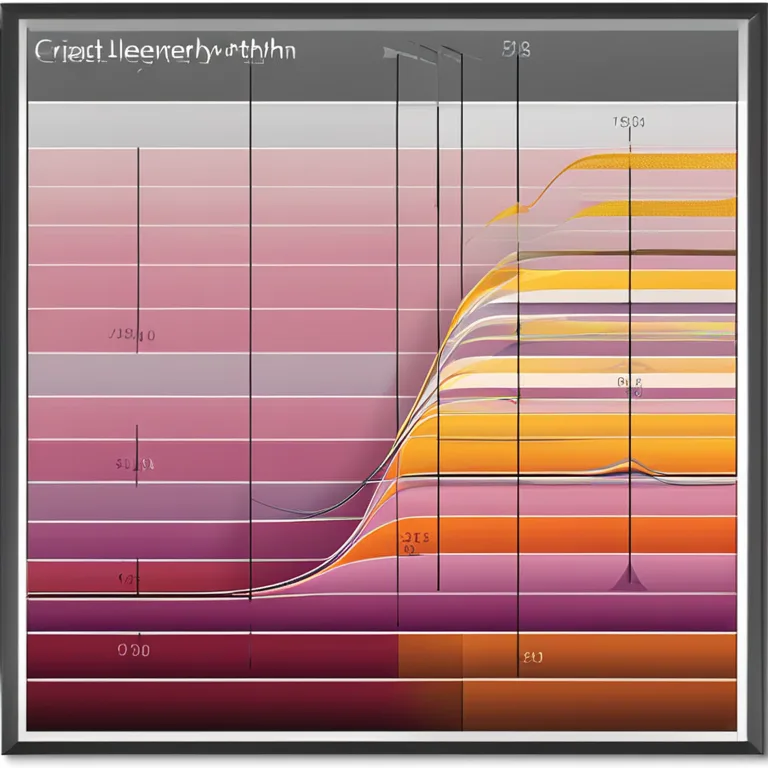
The Basics Of Biorhythm Theory
Delve into the concept of biorhythm theory and understand how it proposes to predict personal life cycles.
article by Adrian Wallace
Introduction to Biorhythm Theory
The biorhythm theory is a fascinating blend of mathematics and personal well-being that suggests our life is governed by natural rhythmic cycles. Dating back to the late 19th century, this concept has intrigued minds with the proposition that human life can be divided into physical, emotional, and intellectual cycles. The notion resides on the belief that from the moment of birth, we embark on these repeating cycles that influence our capabilities and behavior. Though it's not scientifically proven, many enthusiasts believe that understanding these patterns can lead to improved life choices and well-being.

Cycles and Their Durations
There are three principal cycles in biorhythm theory: the 23-day physical cycle, the 28-day emotional cycle, and the 33-day intellectual cycle. These cycles begin at birth and are said to ebb and flow in positive and negative phases. The physical cycle influences our strength, endurance, and overall vitality. The emotional cycle supposedly sways our mood, sensitivity, and creativity, while the intellectual cycle is purported to affect our analytical thinking, memory, and communicative abilities. An additional intuitive cycle, often described as a 38-day cycle, is sometimes included to represent unconscious perception and hunches.

Calculating Personal Biorhythms
To compute one's biorhythms, individuals use their date of birth as a starting point. With the advent of the internet and various applications, finding one's biorhythmic state on a given day has become a matter of a few clicks. Several websites and mobile apps now provide personalized charts that represent these cycles graphically, highlighting when one might experience high or low phases in each of the three areas. Proponents suggest that by understanding these personal patterns, one can make more informed decisions about activities or endeavors on any given day.

Interpreting Biorhythmic Charts
Biorhythmic charts visually present the cycles as sine waves of fluctuating energy levels. For example, if the physical line is above the central baseline, you are believed to be in a physical high and might feel energized. Conversely, if it's below, it suggests a physical low, indicating a time for rest and recuperation. When any of the cycle lines cross the central line, it's considered a critical day, where the attributes governed by that cycle are thought to be unstable. Users are cautioned to tread carefully on such days, particularly when making major decisions.

Criticism and Considerations
Despite its popularity in certain circles, biorhythm theory faces significant skepticism from the scientific community. Critics point out the lack of empirical evidence backing the theory, often categorizing it as a pseudoscience. Nevertheless, the theory has a dedicated following who testify to its personal applicability. Whether biorhythms hold any credence or not, they encapsulate a human desire for patterns and predictability in the often unpredictable nature of life.
Modern Applications of Biorhythms
Today's world, with its growing interest in personal data and self-optimization, has seen a resurgence of interest in biorhythms. Startups and tech enthusiasts are incorporating biometric data tracking with biorhythmic theories to develop personalized wellness plans. While this combination has yet to stand the rigorous tests of the scientific method, it's reflective of a broader trend toward quantified self-movements and bespoke lifestyle adjustments.
Published: 12/28/2023
Modified: 12/28/2023
More predictions
Come back here soon to learn more about yourself and your future


Biorhythm Compatibility & Birthdays
Discover the intriguing connection between your birthday biorhythms and relationship harmony in our insightful article.


Exploring Human Biorhythmic Cycles
Explore the fascinating concept of biorhythms and their influence on physical, emotional, and intellectual faculties in humans.


Biorhythm Compatibility: Fact Or Myth?
Explore the concept of biorhythm compatibility to discover if there's a real connection between our biocycles and relationship harmony.